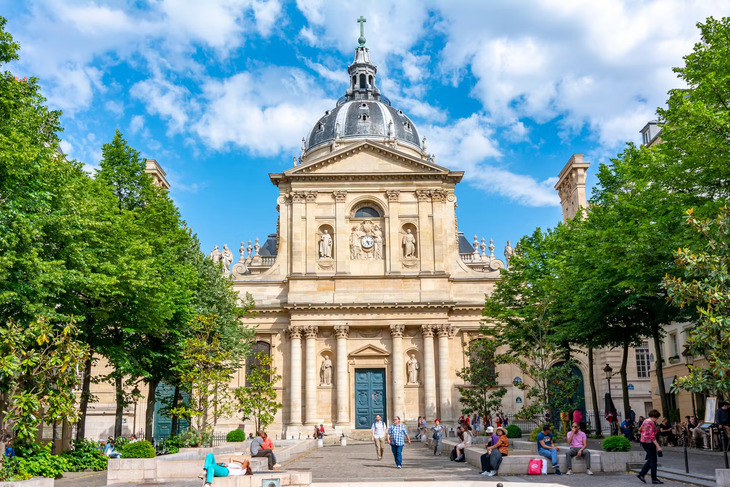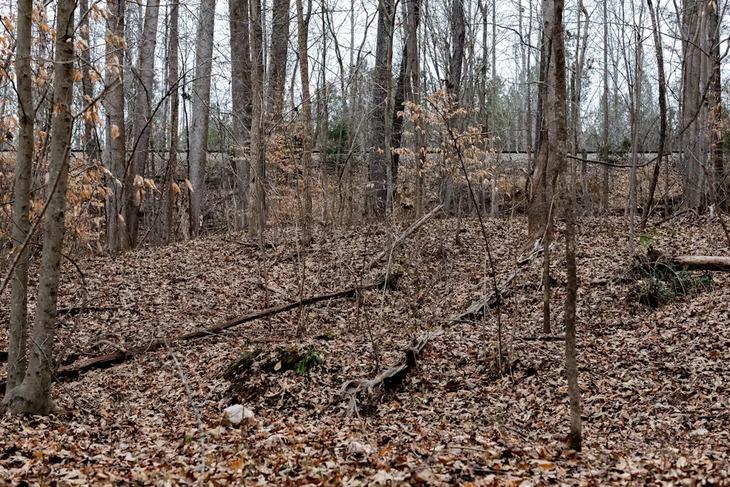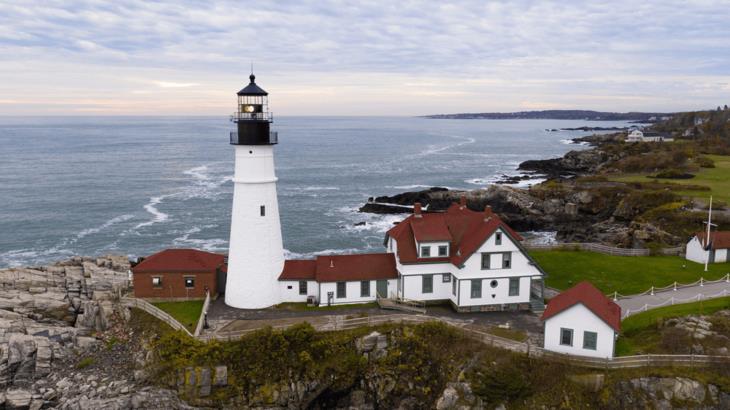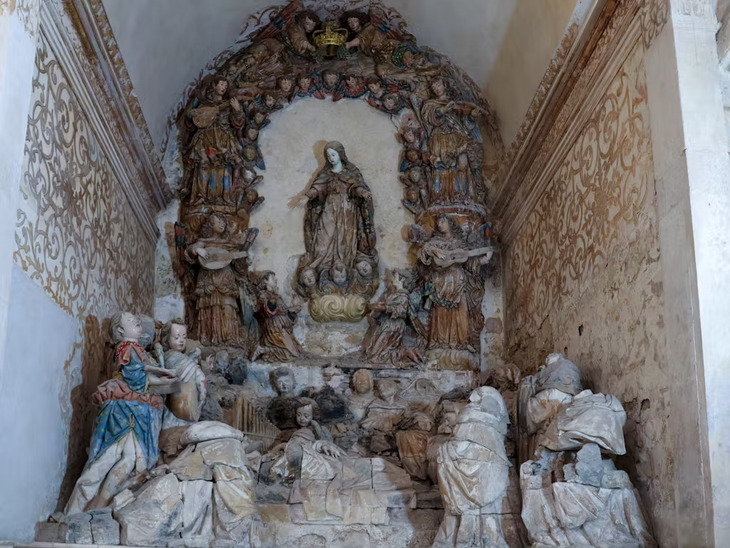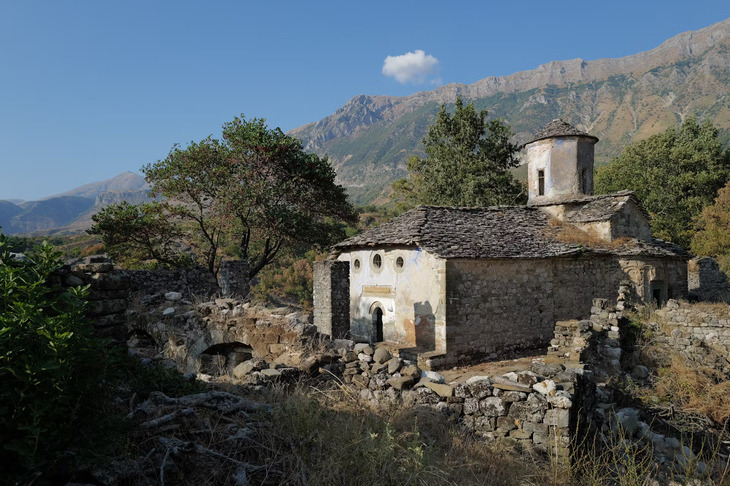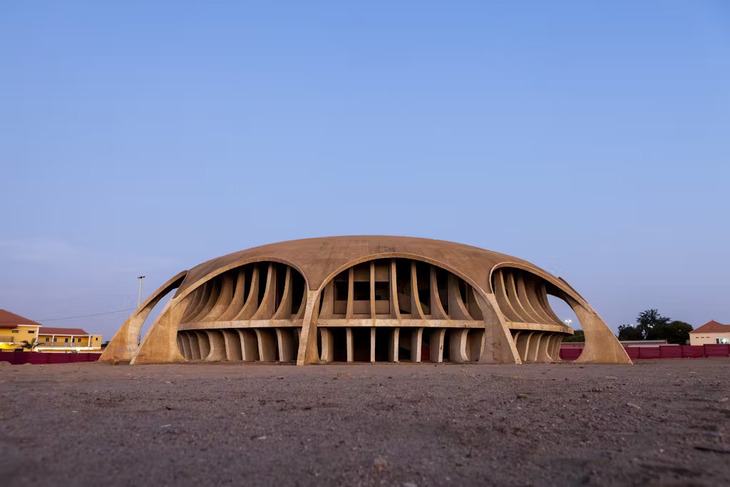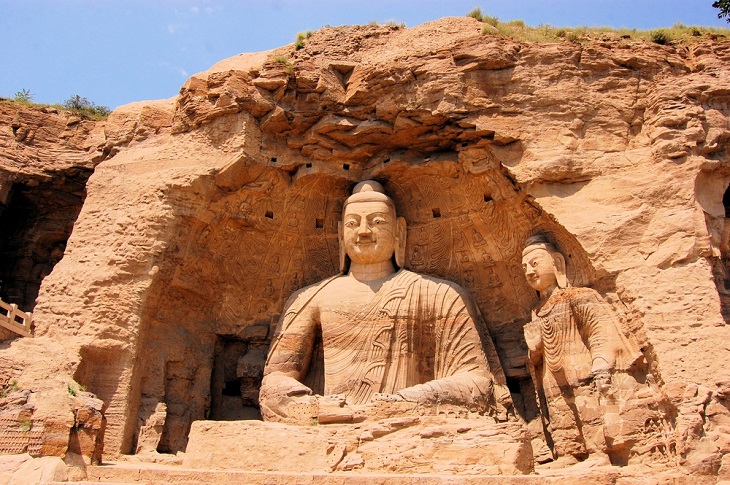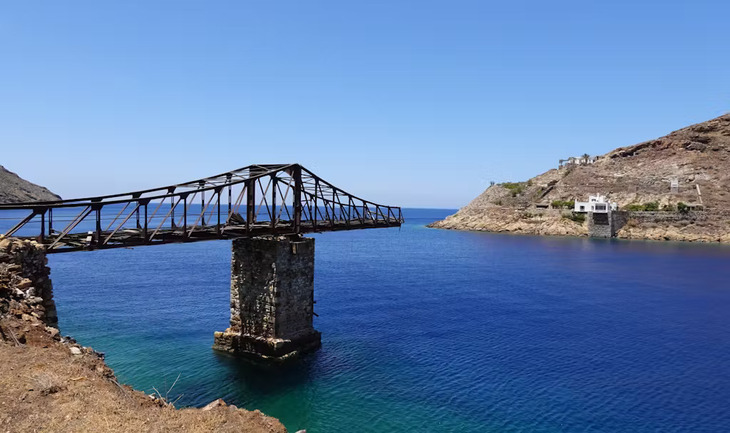Tucked within the heart of Paris, the Chapel of the Sorbonne stands as a centuries-old witness to the intellectual and cultural evolution of one of the world's most prestigious universities. Originally envisioned in the 17th century under the patronage of Cardinal Richelieu, the chapel has endured waves of history—from the destruction brought by the French Revolution to its current role as a memorial honoring students and teachers lost in World War II.
However, time has not been kind to this architectural marvel. After being closed for nearly 25 years due to structural issues, efforts are now underway to restore its grandeur, ensuring that its legacy continues to inspire future generations.
2. The Great Trading Path – United States
Long before European settlers arrived, Indigenous communities navigated a vast trade network stretching across the southeastern United States. The Great Trading Path, also known as the Occaneechi Path, connected tribes through an extensive route running from modern-day Virginia to South Carolina. This historic trail once served as a lifeline for commerce and cultural exchange, its paths lined with sacred gathering spaces and settlements.
Though much of it has disappeared beneath paved roads, members of the Occaneechi community are advocating for the preservation of what remains. Their goal is to protect the fragments of this once-thriving trade route, ensuring its historical and spiritual significance is not lost to time.
3. The Historic Lighthouses of Maine – United States
Maine’s rugged coastline is dotted with nearly 70 historic lighthouses, standing as sentinels against the Atlantic’s shifting tides. Among them, the Portland Head Light has guided sailors since 1791, making it the oldest in the state. While these structures have withstood storms and shipwrecks, they now face an even greater challenge: climate change.
The Gulf of Maine is warming at three times the global average, eroding shorelines and threatening the stability of these landmarks. Preservation groups are now rallying to protect these beacons, not only as pieces of maritime history but as vital symbols of resilience in the face of an uncertain environmental future.
4. The Terracotta Sculptures of Alcobaça Monastery – Portugal
Nestled in Portugal’s countryside, the Alcobaça Monastery is home to an extraordinary collection of terracotta sculptures crafted in the 17th and 18th centuries. What makes them unique is the rare technique used to create them—local clay was baked into lightweight hollow blocks, then carefully stacked and shaped into intricate designs. This method allowed for immense yet delicate figures that now grace the monastery’s interiors.
However, time and fluctuating temperatures have made these sculptures extremely fragile, their surfaces deteriorating with each passing year. While already a UNESCO World Heritage Site, new conservation efforts are being put in place to preserve these works, with local artisans being trained to restore and maintain them for future generations.
5. Erdene Zuu Buddhist Monastery – Mongolia
The sweeping steppes of Mongolia are home to a rare survivor of the country’s Buddhist past—the Erdene Zuu Monastery. Built in the late 16th century by Altan Khan, this sacred site once flourished as a center of spiritual learning. However, the rise of Soviet influence in the 20th century led to the widespread destruction of religious institutions, leaving Erdene Zuu as one of the few that endured.
Today, it remains the oldest surviving monastery in Mongolia, yet it faces mounting threats from environmental changes and the wear of time. Experts are calling for renewed efforts to protect its historic structures and ensure its role as a cornerstone of Mongolia’s spiritual and architectural heritage remains intact.
6. Monasteries of the Drino Valley, Albania
For centuries, the Orthodox monasteries of Albania’s Drino Valley played an essential role in the country’s religious and cultural life. That changed in 1967 when Albania’s communist regime banned religious institutions, forcing the monasteries into abandonment. Years of neglect, combined with shifting demographics and economic struggles, have left these once-thriving sites in decay.
With rural villages losing populations, resources to maintain these monasteries have dwindled. Conservationists believe that restoring these historic sites could not only preserve Albania’s cultural heritage but also promote sustainable tourism that benefits local communities.
7. Cinema Studio Namibe, Angola
An architectural oddity with a futuristic design, Cinema Studio Namibe stands as an unfinished relic of Angola’s past. Portuguese architect José Botelho Pereir envisioned a striking open-air cinema in the coastal city of Moçâmedes, but Angola’s civil war halted construction in 1975. Decades later, the structure remains incomplete, a haunting symbol of lost potential. WMF hopes to reignite interest in finishing the project, transforming it into a vibrant cultural hub that serves the local community. Restoring the cinema could breathe new life into the region and provide a unique space for artistic and social gatherings.
8. Qhapaq Ñan, Andean Road System
Stretching across six South American countries, the Qhapaq Ñan is an ancient network of roads that once connected the vast Inca Empire. Built over centuries, these paths linked diverse cultures and facilitated trade, governance, and communication. Today, urban expansion and environmental damage threaten the integrity of the road system. Conservationists are calling for collaborative efforts between local communities and international organizations to manage and protect what remains of this historical marvel. Safeguarding these roads ensures that future generations can appreciate their cultural and engineering significance.
9. Buddhist Grottos of Maijishan and Yungang, China
The cliffside Buddhist grottos of Maijishan and Yungang hold some of China’s most treasured religious and artistic heritage. These ancient rock carvings and murals, dating back over a thousand years, attract millions of visitors annually. However, the surge in tourism is taking a toll, causing physical deterioration and threatening the intricate details of these sacred artworks. Experts argue that better visitor management strategies are needed to balance preservation with access. Without intervention, these sites may suffer irreversible damage, losing priceless elements of China’s Buddhist legacy.
10. Serifos Historic Mining Landscape, Greece
For nearly a century, Serifos Island played a major role in Greece’s mining industry, with workers extracting iron ore from its rugged terrain. The remnants of this once-thriving industry, including railway lines, loading docks, and miners' homes, now sit in disrepair. Tourism-driven development is placing additional pressure on the island, threatening what remains of its industrial past.
Conservationists are advocating for stronger legal protections and emergency stabilization efforts to prevent the complete loss of these historical structures. Preserving Serifos’ mining heritage could allow it to be integrated into tourism initiatives while safeguarding its historical significance.

